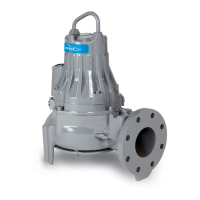
Do you have a question about the Xylem Flygt 3085 and is the answer not in the manual?
| Brand | Xylem |
|---|---|
| Model | Flygt 3085 |
| Category | Water Pump |
| Language | English |
Explains the meaning of general danger and high voltage warning symbols used in the manual.
Details required qualifications for performing maintenance and installation work on the pump.
Outlines compliance with government and local health and safety codes for pump operation.
Advises against unauthorized changes and stresses the use of genuine parts for warranty compliance.
Covers safe disposal of waste materials and keeping the pumping station tidy and in good order.
Provides specific safety instructions and requirements for explosion-proof (Ex) pumps.
Details the terms and conditions for product warranty claims and coverage limitations.
Explains the various fields and codes found on the pump's general data plate.
Describes ATEX and FM approval plates used for explosion-proof pumps.
Thanks the user, outlines the manual's purpose, and lists pump applications and restrictions.
Provides key specifications like temperature, density, pH, and immersion depth for the pump.
Directs users to contact Flygt representatives for warranty issues and claim procedures.
Describes the pump's main components: impeller, shaft seals, shaft, bearings, and motor.
Explains thermal contacts and optional sensors for water detection in the pump's housing.
Provides safety instructions for lifting and handling the pump using appropriate equipment.
Offers advice on cable submersion, level regulators, and sump cleaning for proper installation.
Lists crucial safety rules for installation work to minimize accident risks.
Emphasizes isolation, earthing, GFI, and safety distances for electrical work on the pump.
Covers supervision, local codes, voltage checks, and mains connection procedures.
Discusses cable integrity, bends, pinching, and starter equipment placement in the sump.
Explains thermal contact specifications and advises on VFD usage with specific cables.
Addresses fuse/breaker ratings and overload protection settings for starting current.
Covers checking phase sequence and control for intermittent operation.
Details requirements for single-phase pumps, including starters and rotation direction.
Explains CLS, FLS sensors, and the MiniCas II monitoring relay for pump status.
Provides wiring diagrams and conductor lists for 3-phase direct-on-line starting.
Details wiring diagrams and conductor lists for single-phase connections.
Details wiring diagrams for 3-phase star-delta starting with conductor lists.
Provides wiring diagrams and conductor lists for single-phase connections.
Shows wiring and lead assignments for 460V Y-series and 230V Y-parallel connections.
Lists the cable leads for control connections T1 and T2.
Provides safety instructions for lifting and securing the pump during transport.
Explains how to prevent freezing and prepare the pump for long-term storage.
Lists essential checks before starting the pump, including isolation, condition, and rotation.
Warns about the powerful initial jerk when the pump starts and advises caution.
Stresses isolation, cleaning, infection risk, and personal protective equipment for maintenance.
Recommends regular inspections and overhauls by authorized service shops.
Specifies inspection and overhaul intervals for pumps used in hot water applications.
Details the procedure and measurements for replacing impellers and setting clearance.
Warns that the oil housing may be under pressure and to hold a rag over the plug.
Provides a step-by-step guide for draining old oil and refilling with new oil.
Table showing the oil quantities required for different pump models in liters and US quarts.
A table for logging service dates, pump numbers, hours of operation, remarks, and signatures.
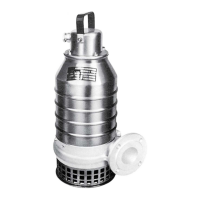
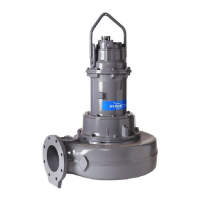
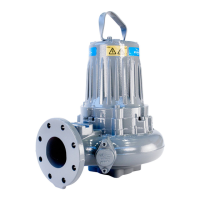
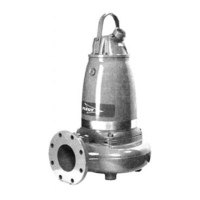
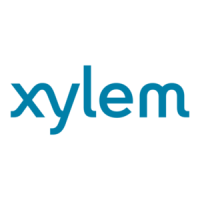






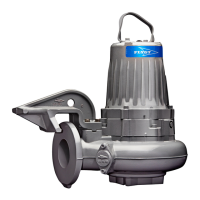
